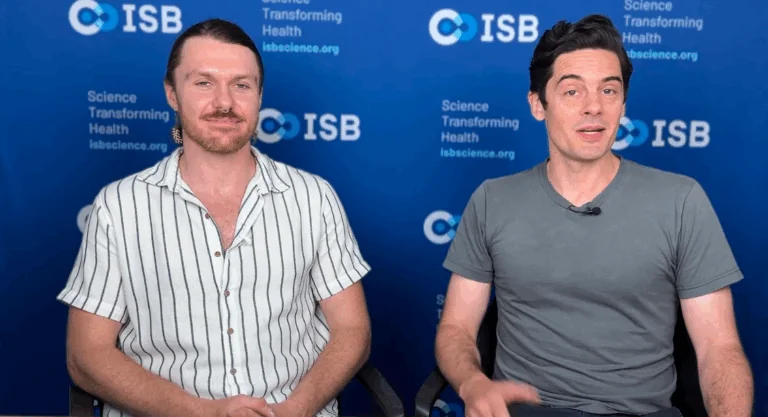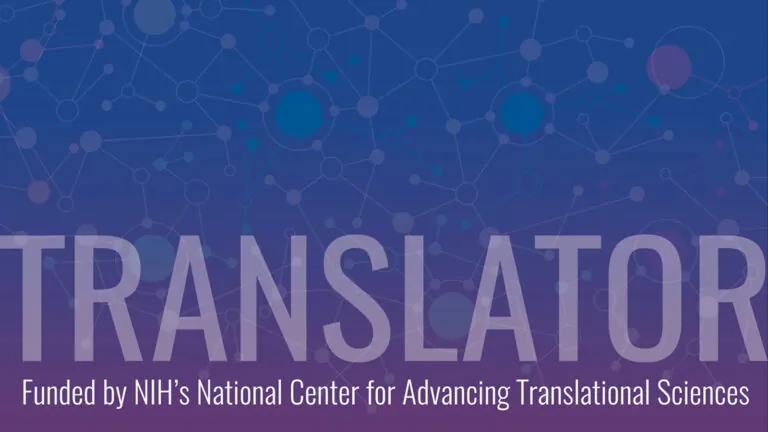ISB Researchers Identify Signals of Metastatic Cancer Years Prior to Diagnosis
By analyzing blood plasma samples taken at several time points, ISB researchers have identified specific proteins that persistently presented as outliers and signaled metastatic cancer well before patients were diagnosed. The findings were published in the journal Scientific Reports.

By analyzing blood plasma samples taken at several time points, ISB researchers have identified specific proteins that persistently presented as outliers and signaled metastatic cancer well before patients were diagnosed.
Scientists analyzed about 1,200 proteins from the longitudinal blood samples of 79 participants of a commercial wellness program, including samples collected pre-diagnosis from 10 cancer patients. For three patients who went on to be diagnosed with three distinct types of metastatic cancer, the research team found specific proteins that were significant outliers when compared to other program participants.
One protein — CEACAM5 — was a persistent outlier for every metastatic diagnosis (breast, lung and pancreatic cancers), and appeared as early as 26.5 months before diagnosis. Importantly, CEACAM5 was not an outlier for any non-metastatic cancer diagnosis or control patient.

A central premise of P4 medicine (predictive, preventive, personalized and participatory) is identifying the early markers that signal transitions from health to disease. For cancer patients, identifying cancer before it metastasizes enables localized treatment options to remove the primary cancer, which improves survival and reduces the likelihood of recurrence.
Typically, studies seeking to identify cancer biomarkers compare samples of diagnosed cancer patients with non-cancer controls. However, there is greater learning potential when analyzing pre-diagnosis samples from healthy individuals who are later diagnosed with cancer. While these opportunities are rare, they can yield insights into early signals and mechanisms of disease transitions.
“While follow-up studies examining more study participants are clearly needed to validate the clinical utility of these observations, CEACAM5 represents a promising candidate for much earlier warning of metastasis than was previously known,” said Dr. Nathan Price, ISB professor and associate director and co-leader of the Hood-Price Lab.
This research builds on other important ISB findings, notably that genetic risk for disease is often reflected in our blood; molecular and physiological information can determine an individual’s biological age, which can serve as a more effective and reliable predictor of overall health than chronological age; that the alpha diversity of an individual’s gut microbiome can be accurately predicted by examining metabolites in the blood; and that combining personal, dense, dynamic data (PD3) clouds with tailored behavioral coaching can optimize wellness and the PD3 clouds can identify early transitions into disease states and facilitate the reversal of some disease states back to wellness.


